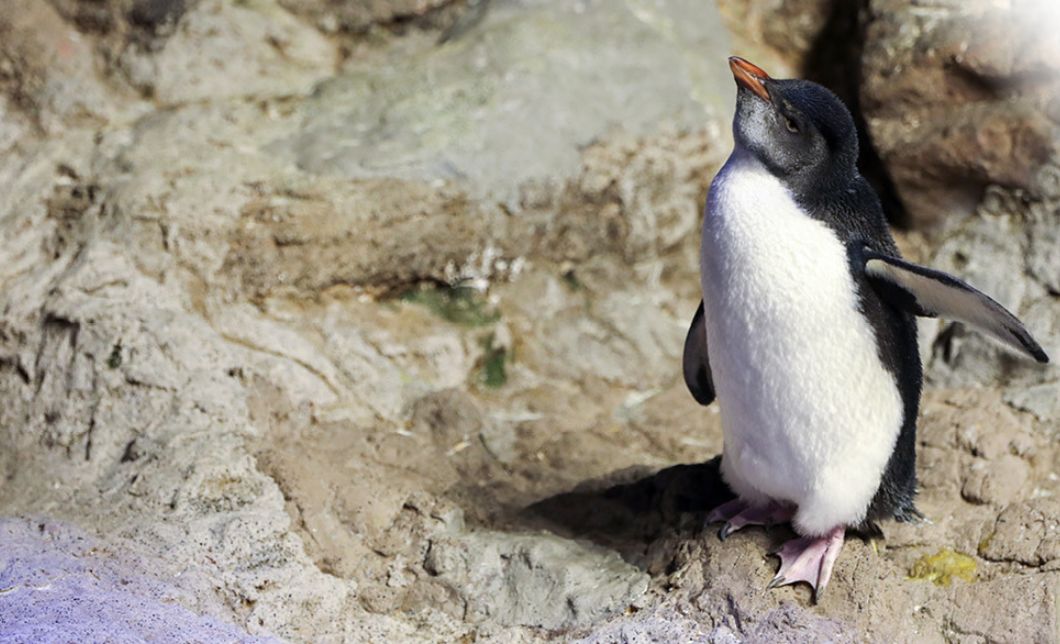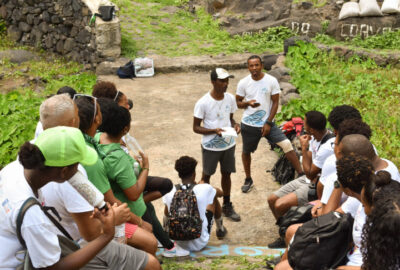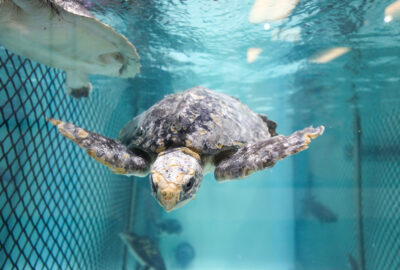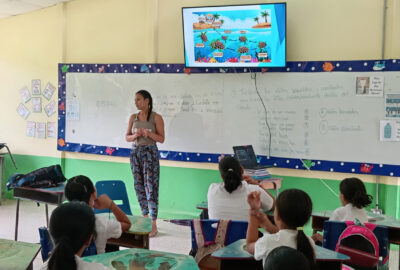On Thursday, April 25, The Trust Family Foundation Shark and Ray Touch Tank will be closed until 1:00 p.m. for routine animal care.
Rescue and Rehabilitation Manager and sons save Kemp's ridley turtle
By New England Aquarium on Wednesday, December 29, 2021

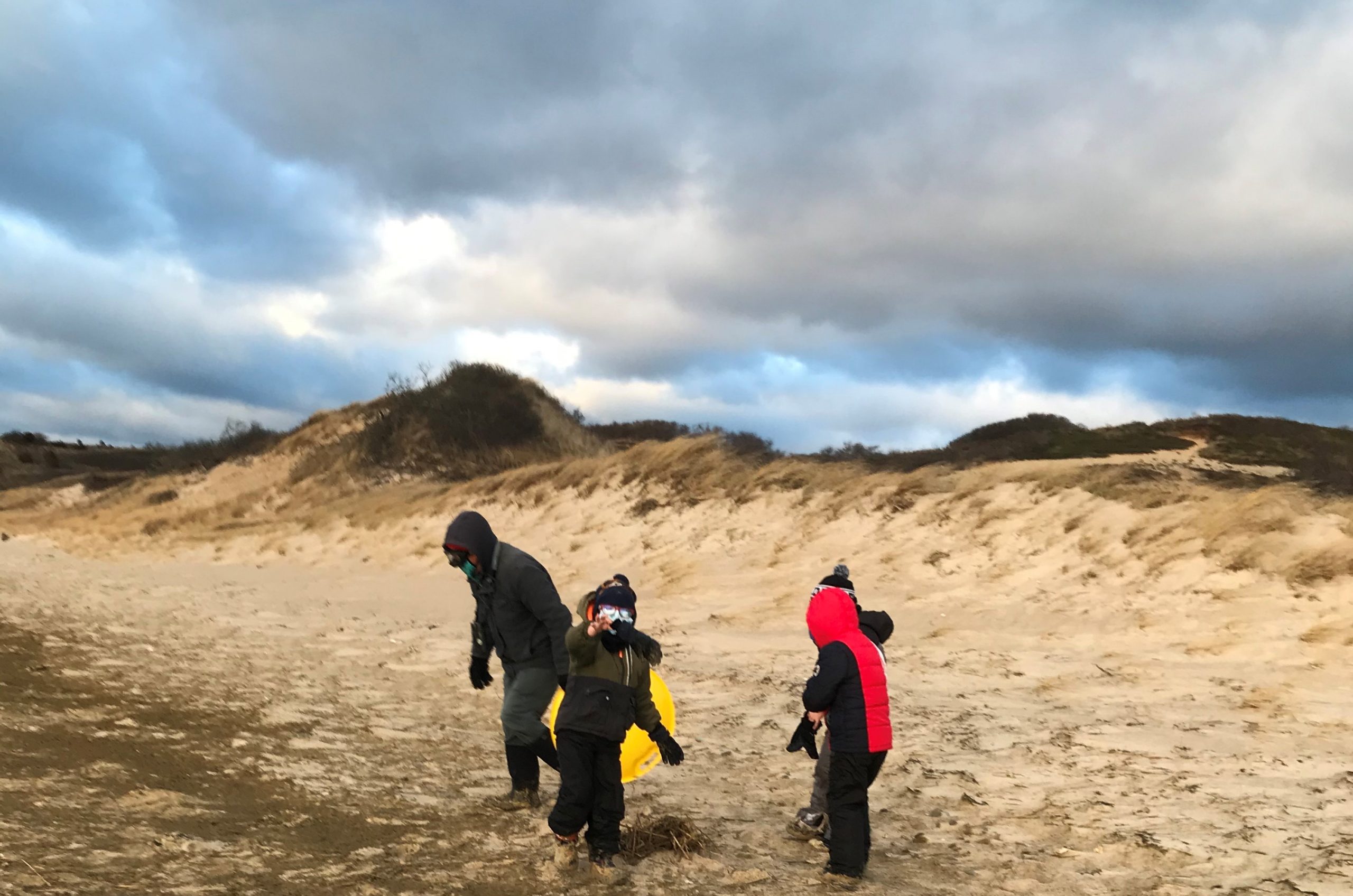
By Jacquinn Sinclair
Early one morning last December, Adam Kennedy, Aquarium Rescue and Rehabilitation manager, and his three sons put on their coats, hats, and boots in preparation for a cold, windy day on the beach in Wellfleet, MA. Every winter, people like the Kennedys volunteer to scour sandy shores in search of cold-stunned turtles. The gentle animals look for warmer waters during the winter season but often get stuck in the hook-shaped bay of Cape Cod. After prolonged exposure in too-cold water, typically around 50 degrees, their heart rate and circulation slow down, leading to lethargy, shock, pneumonia, and sometimes even death.
Stranding usually begins mid-November on Cape Cod. Sea turtles come up the Gulf Stream to feed when the waters of New England are tolerably warm, but the hook of the Cape can be difficult to navigate, and many turtles aren’t able to head south soon enough to remove themselves from drastically cooling fall temperatures,” shares Katie O’Brien, senior educator at the Aquarium.
Kennedy, his sons Brendan, Declan, and Caleb, along with Bob Prescott, director emeritus of the Massachusetts Audubon Society’s Wellfleet Bay Wildlife Sanctuary, joined other volunteers that day in the hopes of rescuing cold-stunned turtles washed ashore. Those turtles are then brought to the Aquarium’s Sea Turtle Hospital for rehabilitation and prepared for release back into the wild.
These ectothermic or cold-blooded turtles depend on their surroundings to maintain their body temperature, O’Brien explains. When exposed to cold temperatures with no way to warm themselves, she says, they experience cold-stunning, a reptilian hypothermia that causes weakness and inactivity.
It was Kennedy’s first time looking for turtles. He’d been meaning to go for years, he says, but being shut in with his family during the height of the pandemic strengthened his resolve to go. That day, Declan, Caleb, and Brendan found a Kemp’s ridley sea turtle on its back, partially buried in the sand.
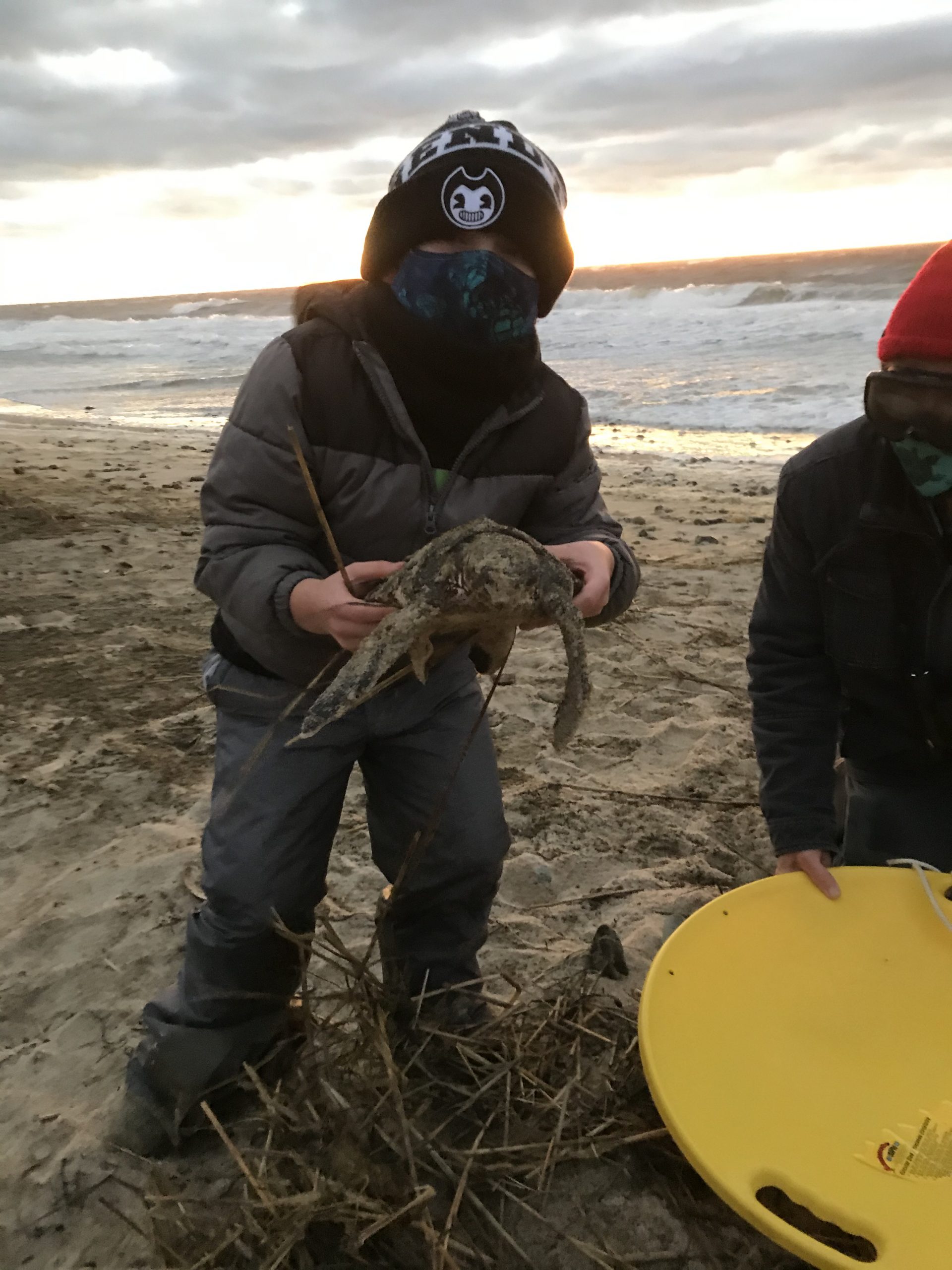
The next day, the turtle—known internally as #720—made it to the Aquarium’s sea turtle hospital in Quincy, MA. Its heart rate was just eight beats per minute, much slower than the roughly 38 beats per minute average.
The thin, hypothermic turtle had a little bit of algae on him, mild abrasions, and scabbing, Kennedy recalls. Biologists administered fluids, antibiotics, and a shot of epinephrine. The rescued reptile started swimming right away in a tank, but it was several days before it would eat.
As #720 recuperated, Kennedy’s children were curious about its progress.
“Fortunately, I could log in to the work surveillance system from home and let them see the turtle,” Kennedy says.
Growing up, Kennedy always wanted to be a marine mammal biologist. But after getting extremely sick on a trip to Lake Ontario, he strayed away from his childhood dream for a while. In 2002, Kennedy started volunteering with the Aquarium in the Rescue Department. He was excited about the dolphins and seals, but he wasn’t aware of the sea turtles except for the famous Myrtle. The turtles, Kennedy says, “That did it for me.”
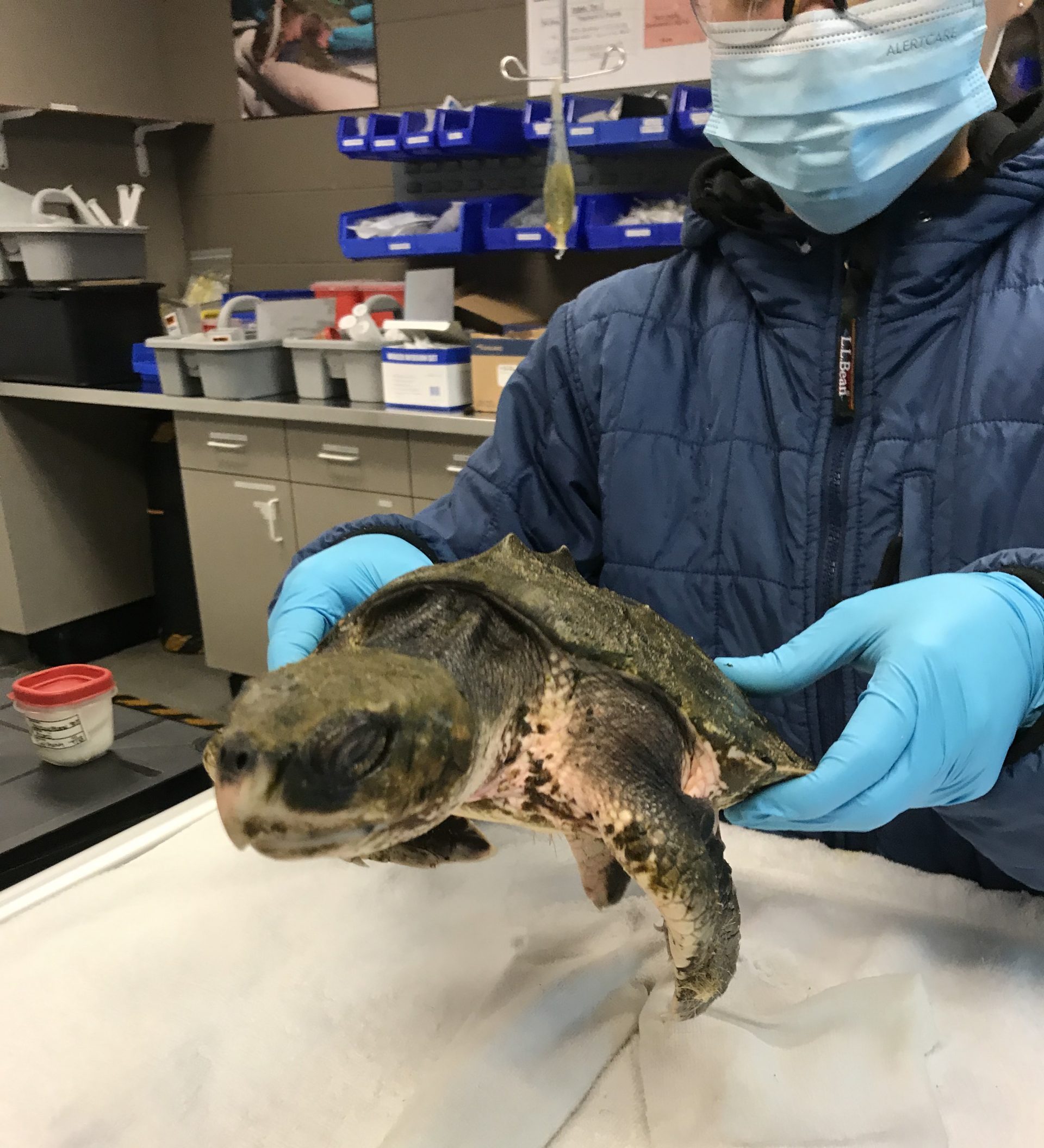
At the time, he was in school studying computer programming and human health. He continued to volunteer, became a seasonal biologist working on turtles in the winter off of the National Oceanic and Atmospheric Administration (NOAA) grant, and pursued a degree in biology. Later, he was offered a full-time job.
Now, he gets to help animals every day. He’s shared the sea turtles’ plight with his family, so his sons were proud of their role in #720’s rescue.
“They know that they’re critically endangered, and they understand different threatened statuses,” Kennedy says.
Many sea turtle species are in trouble. In addition to their natural predators, humans pose the greatest threat. According to NOAA’s Ocean Today, turtles are accidentally caught in commercial fisheries, entangled in marine debris, and harvested or poached for meat and eggs. The effects of climate change also affect turtles.
Kennedy is struck by how resilient these animals are.
“Sea turtles amaze me. Most of them should not be alive after what they endure. If they were mammals, they would probably be dead,” Kennedy shares.
Especially a former rescue, turtle #500.
“This turtle was extremely emaciated. Its eyes and lungs were damaged, and there were all kinds of medical interventions going on. It didn’t look like the turtle would make it.”
But once the turtle started receiving medication, it ended up biting at some food, Kennedy says. It progressed from there and turned around pretty quickly.
Both turtles, #500 and #720, that the Kennedys and Prescott rescued had happy endings.
“Knowing that they [his sons] made a difference in one turtle’s life and how that can ultimately make a big difference in the whole population has had quite the impact on them,” Kennedy says.
That particular turtle’s rescue made quite the mark on Kennedy too.
“Just being able to see this turtle through from rescuing it on the beach to getting it back to the ocean isn’t something that I’ve ever been able to experience before. I have a lot of great memories, but right now, it’s the top one,” Kennedy says.
“We’ll see what happens over the next year.”
How You Can Help
If you are interested in volunteering with sea turtle stranding rescues, please call the Wellfleet Bay Wildlife Sanctuary at 508-349-2615. Visit their website for more information.

